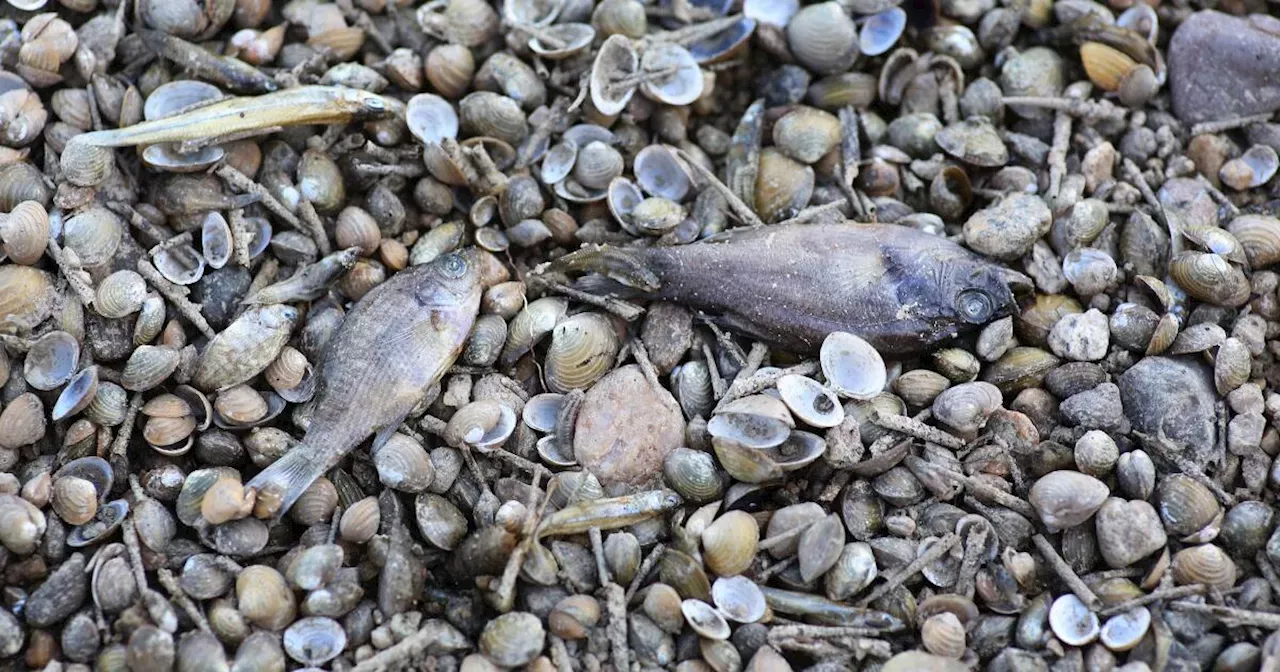Is your hair hydrophobic? It may just have tight pores. “Hair porosity is really just about how well your hair can absorb and hold onto moisture and products,” founder and hair expert Anastasia MacKay tells ESSENCE. While high porosity hair can go from drenched to dry within minutes, low porosity hair— a hair type composed of small pores— may have a hard time getting wet or moisturized at all.
“Low porosity hair struggles to absorb moisture because the cuticles are tightly packed, which can lead to product buildup,” MacKay says. Regardless of hair texture or curl pattern, you could have a low porosity hair shaft, which means hair care products are more prone to sitting on top of the hair instead of being absorbed. Because your hair acts as a barrier, your hair care routine may be rendered ineffective from the lack of hair penetration.

Below, MacKay breaks down how to moisturize low porosity hair— and keep it locked in. According to the NIH, a strand of — the cuticle, cortex, and medulla. The outermost layer, the cuticle, contains cells that overlap each other like fish scales.
With low-porosity hair, these “scales” or cells are tightly packed, acting as a barrier that prevents moisture from penetrating the strand. “The tightly aligned cuticles act like a barrier, making it tough for moisture to penetrate, so it often feels like your hair is almost water-resistant,” MacKay says. Although your hair may vary in porosity from strand to strand, the “hair porosity float test” is a popular method to find out how porous your hair is.
Fill a glass of water then drop a few clean hair strands (from all over your head) into the water. If your hair floats, you may have low porosity hair. Meanwhile, if your strand sinks, you may lean towards a high porosity hair type.
According to Mielle, you could also try spraying a strand with water to see how it reacts to the drops, or to tell how rough or smooth they are. Although is popular for textured hair (known to reduce frizz and heighten moisture), MacKay suggests against applying products directly after you wash. “Rather than soaking wet hair, let the water evaporate a bit will help the products to settle in better,” she says.
Adding steaming to your hair care routine may be the missing piece to your porosity puzzle. Doing a 15-20 minute treatment before shampooing can “open up the hair follicles and lifts the cuticles, allowing moisture and hydrating treatments to really get in there,” she says. By now, we know the benefits of head wraps, bonnets, and durags for our hair’s hydration.
That said, “I swear by sleeping in a satin hair wrap,” she says. “It prevents friction, which helps reduce frizz and keeps my hair from drying out.” If most of your products sit on the surface of your hair, building a routine to accommodate your hair porosity can help you retain moisture.
“On wash days, I like to start with 15-20 minutes of steaming my hair to open up the cuticles,” MacKay says. Then, she shampoos. “I use a clarifying shampoo if I’ve got a lot of product buildup, or a hydrating shampoo if my hair feels pretty clean.
” Next, she follows up with a hydrating conditioner, doubling down on the added hydration. “Apply a leave-in mask to damp hair to lock in moisture before styling,” she says, as her final step. Between wash days, MacKay recommends using lightweight, water-based products to deliver moisture without weighing your hair down.
.



















